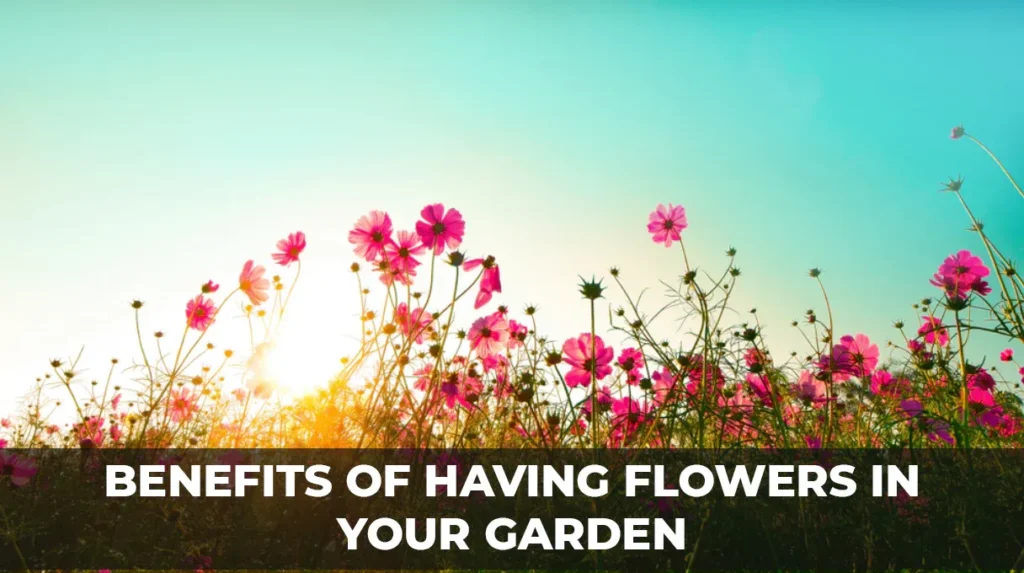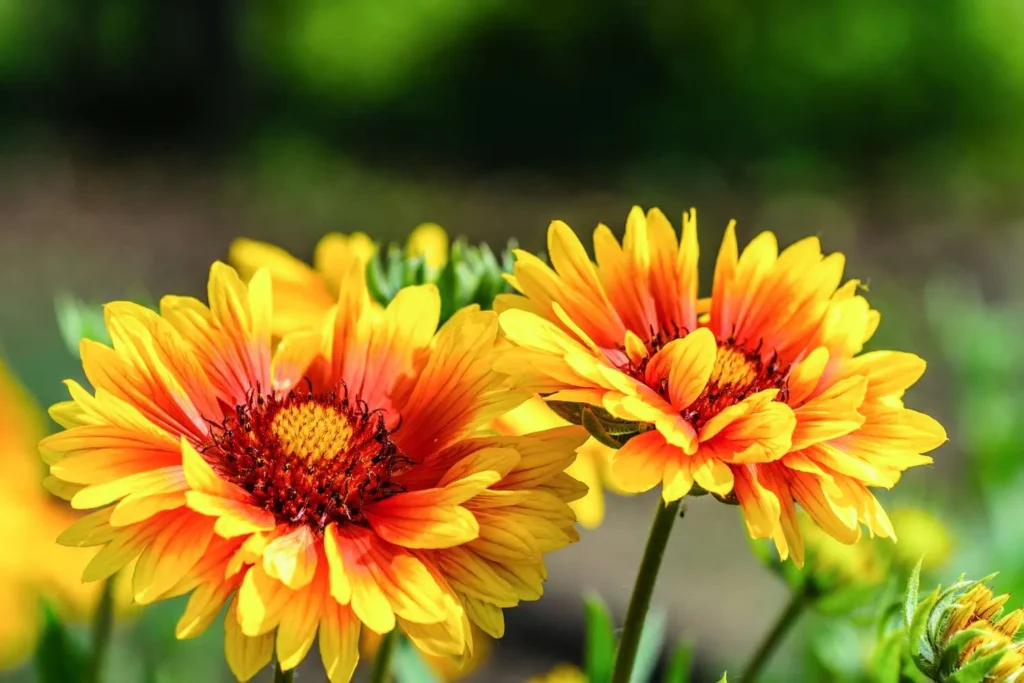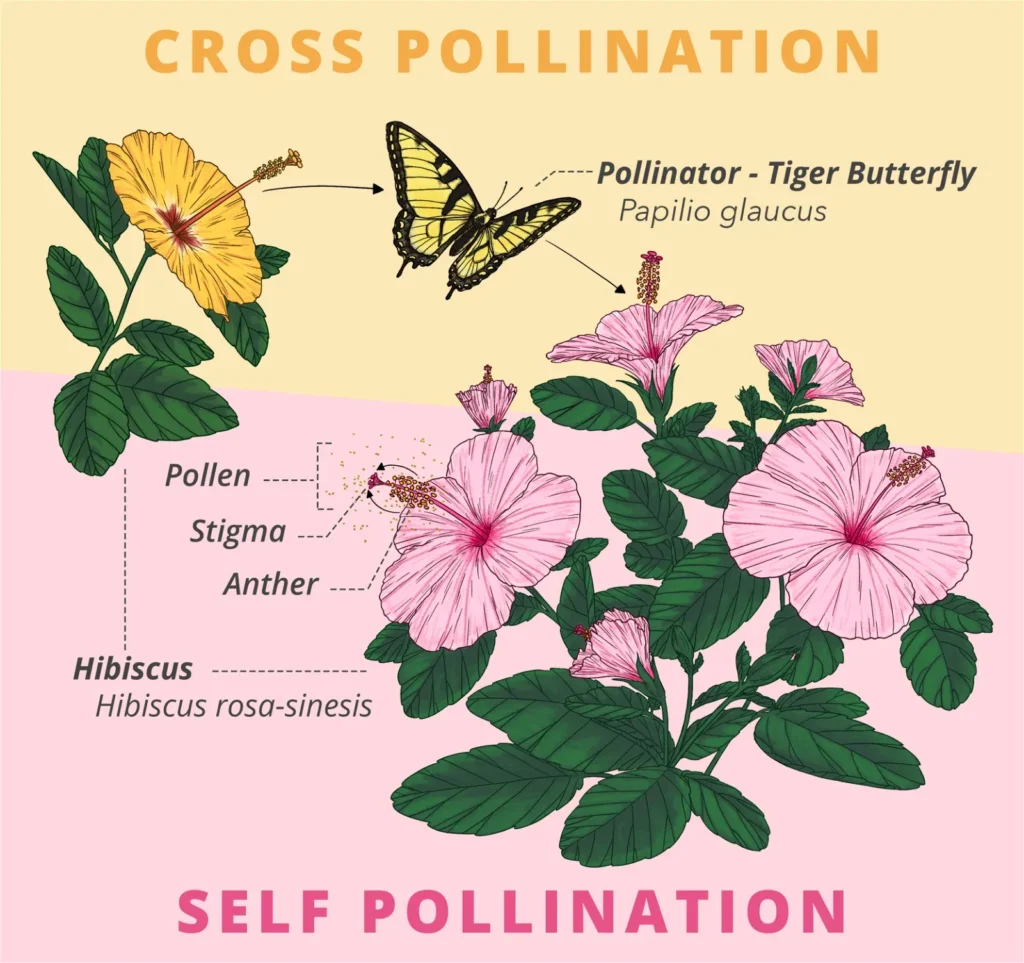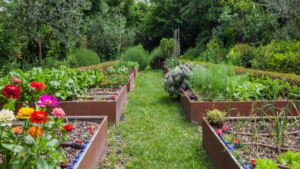Flowers are more than pretty faces. Discover their vital role in pollination, the different ways they attract insects, and why even flies, within the purpose of a flower, are important.
Introduction: Purpose of Flower
Flowers have captivated us for centuries with their vibrant colors, delicate shapes, and intoxicating scents. Beyond their undeniable beauty, flowers serve a crucial purpose in the natural world: reproduction. Flowers are much more complex than they seem, and their existence impacts the entire ecosystem. Let’s dive into the purpose of a flower power!
What is the Purpose of a Flower?
At their core, flowers are the reproductive organs of flowering plants. They are designed to produce seeds to ensure the continuation of the plant’s species. To achieve this, flowers need help – enter the world of pollination!
- Pollination: This is the process of transferring pollen (containing the male genetic material) from a flower’s anther to the stigma (the female part) of the same or another flower. This fertilization results in the production of seeds.
How Flowers Attract Pollinators
Flowers have evolved ingenious ways to attract pollinators, the creatures that make the reproduction process possible. Here are some of their dazzling strategies:
- Colors: Flowers come in a rainbow of hues, from bold reds and yellows to soft pinks and purples. These colors are like billboards signaling to pollinators that there’s a potential treat in store.
- Scents: Many flowers release sweet scents that are irresistible to certain insects and other creatures.
- Shapes: The unique shapes of flowers can guide pollinators, providing a landing platform and ensuring pollen transfer.
- Nectar: This sugary liquid is the reward for pollinators, encouraging them to visit multiple flowers and spread pollen.
Common Types of Pollinators
- Bees: The superstars of pollination. They actively seek out flowers for nectar and pollen.
- Butterflies and Moths: Attracted by color and scent, they sip nectar and help in pollination.
- Birds: Some birds, like hummingbirds, have long beaks ideal for accessing nectar deep within flowers, and pollinate in the process.
- Bats: Certain flowers rely on bats for pollination, especially those that bloom at night.
How Some Flowers Attract Flies for Pollination
Believe it or not, some flowers have a fondness for flies! These flowers often have a few peculiar strategies:
- Rotten Smell: To attract flies, some flowers mimic the smell of rotting meat or other decaying matter.
- Dull Colors: Instead of bright colors, these flowers often have dull browns, purples, or reds that resemble decaying flesh.
- Trap Mechanisms: Some flowers even temporarily trap flies inside to ensure pollination.
What Other Plants Depend on Flies for Pollination?
Here are a few surprising plants that rely on flies for their reproductive success:
- Rafflesia (Corpse Flower): This parasitic species produces the largest bloom in the world and emits a putrid odor.
- Pawpaw: This North American tree produces maroon flowers with a scent resembling rotting meat.
- Cacao: Yes, the plant that gives us chocolate depends on tiny midge flies for pollination
The Importance of Pollinators in Our Lives
Pollinators, like bees, butterflies, and other helpful creatures, play a vital role in our ecosystem and food supply. Let’s understand their importance:
- Food Security: Roughly one-third of the food we eat depends on pollinators. That’s a huge chunk of our diet!
- Biodiversity: Pollinators ensure the continuation of wild flowering plants, which helps maintain a healthy and diverse environment.
- Economic Impact: Pollination services are estimated to be worth billions of dollars annually, supporting agriculture and jobs.
How You Can Help Support Pollinators
We can all do our part to protect pollinators and ensure they continue to thrive:
- Plant a pollinator-friendly garden: Choose native flowering plants that provide nectar and pollen sources.
- Reduce pesticide use: Pesticides can harm pollinators, so opt for natural pest control methods.
- Create nesting habitats: Leave areas of your yard a bit wild with leaf piles and dead branches to provide shelter for insects.
- Spread awareness: Educate others about the importance of pollinators and how to protect them.
What are the benefits of having flowers in your garden?

Based on the search results provided, here are the key benefits of having flowers in your garden:
- Attract Pollinators : Flowers help attract bees, butterflies, and other pollinators that are essential for the reproduction of many plants.
- Pest and Disease Management : Certain flowers can help repel pests and prevent diseases in your garden plants.
- Promote Biodiversity : Adding flowers, especially native plants, helps increase the variety of life in your garden and local ecosystem.
- Ground Cover and Weed Control : Flowers can be used as ground cover to enrich the soil and prevent weeds from taking over.
- Companion Planting : Flowers can be excellent companion plants for vegetables, helping to balance soil nutrients and provide support or shade.
- Edible Flowers : Many flower blooms are edible and can add flavor, color, and nutrition to foods.
- Medicinal Properties : Some flowers have medicinal uses and can be dried, distilled, or crushed for healing purposes.
- Aesthetic Beauty : Flowers add visual appeal and can lift one’s mood and mental well-being.
- Health Benefits : Being around flowers has been shown to reduce stress, improve mood, and enhance cognitive function.
In summary, flowers provide a wide range of benefits for the garden, the environment, and human health and well-being.
What are some easy-to-care-for flowers for beginners?
Based on the provided sources, here are some easy-to-care-for flowers for beginners:
- Peace Lily: Known for its sail-shaped white flowers and glossy foliage, the Peace Lily is a low-maintenance indoor plant that can thrive in partial shade and requires watering once a week.
- Kalanchoe: A flowering succulent with clustered flowers in various colors, Kalanchoe blooms for several weeks and prefers well-drained soil, infrequent watering, and periods of darkness for flower bud development.
- Anthurium: Featuring spathes in vibrant colors, Anthurium is an easy-to-care-for indoor plant that purifies indoor air and requires a moss and coco coir-based soil mixture to thrive.
- Christmas Cactus: With tubular flowers in pink and lilac, the Christmas Cactus is a low-maintenance winter flower plant that needs regular watering, indirect sunlight, and humidity to flourish.
- Amaryllis: A bulb plant with trumpet-like flowers, Amaryllis is easy to grow indoors, requiring well-draining potting mix, sunlight, and proper care after blooming for future flowering.
- Phalaenopsis Orchid: A trendy flowering plant, the Phalaenopsis Orchid is suitable for beginners, tolerating low light conditions and requiring a special potting material like bark chips or ground fir tree bark mixed with charcoal.
- Lipstick Plant: Known for its glossy foliage and unique scarlet flowers, the Lipstick Plant is easy to care for and adds an exotic touch to indoor spaces .
These flowers are ideal for beginners looking to start their gardening journey with success and enjoy the beauty of blooming plants with minimal maintenance
What are some low-maintenance perennial flowers that bloom in the summer?

Based on the search results provided, here are some low-maintenance perennial flowers that bloom in the summer:
- Coneflower (Echinacea) : This perennial features large, showy composite flowers with a raised cone-shaped center surrounded by colorful ray florets. Coneflowers bloom in the summer and are drought-tolerant once established.
- Daylily (Hemerocallis) : Daylilies perform well in full sun to partial shade and their star-shaped flowers typically last for a single day, blooming throughout the summer.
- Blanket Flower (Gaillardia) : This daisy-like flower blooms from late spring to fall and features color combinations of yellow, orange, and red with maroon or orange banding.
- Yarrow (Achillea) : Yarrow is a low-maintenance perennial that blooms all the way until frost, offering lovely color both in the garden and as a cut flower.
- Agastache : Also known as hummingbird mint, Agastache is a drought-tolerant perennial with flowers that attract hummingbirds and butterflies all summer long.
- Sedum : Sedums are one of the most reliable low-maintenance perennials, offering delightful color well into the fall with their star-shaped blooms.
- Pasque Flower (Pulsatilla) : While an early spring bloomer, the Pasque Flower offers interesting foliage until it begins blooming again from late summer through the end of fall.
These perennials require minimal care, are drought-tolerant, and provide vibrant summer color to the garden.
How do flowers contribute to the ecosystem?
Based on the search results provided, here are the key ways flowers contribute to the ecosystem:
- Support Pollinators : Flowers provide essential food sources like nectar and pollen that sustain pollinators like bees, butterflies, and hummingbirds. This pollinator-flower relationship is crucial for the reproduction of many plant species.
- Maintain Biodiversity : The presence of a diverse array of flowering plants helps support a wide range of other species in the ecosystem, from insects to larger animals, contributing to overall biodiversity.
- Soil Health and Erosion Control : Wildflowers have deep root systems that help store water and nutrients, while also stabilizing the soil and preventing erosion.
- Habitat Provision : Flowers and the plants they grow on provide food, shelter, and breeding grounds for various organisms in the ecosystem.
- Climate Regulation : As primary producers, flowering plants absorb carbon dioxide and release oxygen, playing a role in regulating the local and global climate.
- Indicator of Ecosystem Health : The presence and diversity of wildflowers can serve as an indicator of the overall health and balance of an ecosystem.
- Economic and Cultural Value : Flowers have significant economic value for industries like agriculture, horticulture, and medicine. They also hold cultural significance and provide aesthetic benefits.
In summary, flowers are essential components of healthy, functioning ecosystems, supporting pollinators, biodiversity, soil health, and climate regulation, while also providing economic and cultural value.
What are some common types of pollinators that are attracted to flowers?

Based on the information provided in the search results, some common types of pollinators that are attracted to flowers include:
- Bees : Bees are highly attracted to bright white, yellow, or blue flowers, as well as flowers with contrasting ultraviolet patterns and mild, pleasant scents.
- Butterflies : Butterflies are attracted to bright red, purple, and pink flowers with faint, fresh scents.
- Hummingbirds : Hummingbirds are attracted to tubular-shaped flowers in scarlet, orange, red, or white colors with no distinct odors.
- Flies : Flies are attracted to green, white, or cream flowers with little odor, as well as dark brown and purple flowers with putrid odors.
- Moths : Moths, especially the hummingbird moth, are attracted to pale red, purple, pink, or white flowers that emit strong, sweet odors at night.
- Beetles : Beetles are attracted to white or green flowers with odors ranging from none to strongly fruity or foul.
- Bats : Bats are attracted to dull white, green, or purple flowers that emit strong, musty odors at night.
The search results highlight that different pollinators are attracted to flowers with specific color, shape, and scent characteristics, demonstrating the diversity of pollinator-flower relationships in ecosystems.
What are some flowers that attract butterflies?
Based on the information provided in the search results, here are some flowers that are known to attract butterflies:
- Coneflowers (Echinacea) : Coneflowers are one of the best flowers for attracting butterflies with their showy, daisy-like blooms.
- Milkweed (Asclepias) : Milkweed, especially butterfly weed (Asclepias tuberosa), is a favorite of butterflies, particularly Monarchs.
- Asters : Asters, with their vibrant purple, white, blue, and pink flowers, are highly attractive to butterflies.
- Bee Balm (Monarda) : Bee balm, with its tubular, nectar-rich flowers, is a magnet for butterflies and hummingbirds.
- Butterfly Bush (Buddleja) : While some varieties can be invasive, sterile cultivars of butterfly bush are still popular for attracting butterflies.
- Lantana : Lantana produces clusters of brightly colored, nectar-rich flowers that butterflies find irresistible.
- Phlox : These long-blooming perennials offer a wide range of colors that appeal to butterflies.
- Verbena : Butterflies are drawn to the nectar-rich flowers of verbena.
- Tithonia (Mexican Sunflower) : This vibrant orange flower is a magnet for butterflies.
- Agapanthus : The bold, blue and purple blooms of agapanthus attract a variety of pollinators, including butterflies.
These flowers, with their bright colors, nectar-rich blooms, and appeal to butterflies, can help transform your garden into a butterfly-friendly oasis.
What are some tips for starting a flower garden?
Based on the search results provided, here are some key tips for starting a flower garden:
- Know Your Garden :
- Understand the site conditions like sunlight, soil type, and topography.
- Conduct a soil test to determine any amendments needed.
- Research which flowers grow best in your local climate and conditions.
- Consider your time and maintenance capabilities when selecting flowers.
- Choose the Right Flowers :
- Select a mix of annuals, perennials, and bulbs for continuous blooms.
- Opt for easy-to-grow, low-maintenance flowers as a beginner.
- Consider flowers that attract pollinators like bees and butterflies.
- Design with Intention :
- Incorporate different flower shapes, colors, and heights for visual interest.
- Group plants with similar needs together for efficient care.
- Use edging, borders, and pathways to define the garden’s structure.
- Prepare the Soil :
- Amend the soil with compost or other organic matter to improve fertility and drainage.
- Ensure the soil pH is suitable for the chosen flowers.
- Plant Strategically :
- Time planting to avoid last/first frost dates in your area.
- Space plants appropriately to allow for growth and air circulation.
- Consider companion planting to deter pests and promote plant health.
- Maintain Consistently :
- Water plants regularly, especially during establishment and dry periods.
- Deadhead spent blooms to encourage more flowers.
- Weed the garden consistently to reduce competition for resources.
By following these tips, you can set your new flower garden up for success and enjoy its beauty for seasons to come.
Purpose of a Flower: More Than Just a Pretty Face
Flowers, with their vibrant colors, sweet scents, and delicate beauty, often seem like nature’s way of simply adding aesthetic charm to the world. However, there’s far more to a flower than what meets the eye. Flowers serve a fundamental purpose in the lifecycles of flowering plants – reproduction.
The Reproductive Powerhouse
A flower is essentially a plant’s reproductive organ. It contains the structures needed to produce seeds, which carry the plant’s genetic material. To create these seeds, a flower undergoes pollination. Here’s how the process works:
- The Parts of a Flower: Flowers typically have both male and female parts. The male part, the stamen, produces pollen grains. The female part, the pistil, contains the ovary where ovules (think of them like plant eggs) reside.
- Pollination: The Key to Seeds: Pollination occurs when pollen from the stamen is transferred to the stigma, often located on the tip of the pistil. Once a pollen grain lands on the stigma, it creates a pathway down to the ovule. Fertilization happens when the male genetic material in the pollen joins with the ovule. This fertilized ovule then matures into a seed.
- The Role of Pollinators: Most flowers can’t pollinate themselves. They need some outside help! That’s where pollinators like bees, butterflies, hummingbirds, and even bats come into play. They visit flowers to drink nectar or gather pollen, unknowingly transferring pollen grains between flowers in the process.
It’s All About Attraction
Flowers have evolved a whole range of ingenious tricks to lure pollinators and ensure the success of this reproductive process:
- Eye-Catching Colors: Bright pinks, bold reds, sunny yellows – flowers wear colors that insects see vibrantly.
- Sweet Scents: Many flowers release irresistible scents to draw in pollinators.
- Shapes and Sizes: Flower shapes act like landing platforms or funnels, guiding the pollinator to the right spot for pollen collection and dispersal.
- Nectar Rewards: It’s a win-win! Flowers provide a sweet nectar treat to the pollinators, motivating them to keep visiting flowers.
Even Flies Have a Part to Play
Some flowers even go so far as to enlist the help of flies! How do they do it?
- Not-So-Sweet Smells: These flowers mimic the smell of decaying matter, perfect for attracting flies that feed on things like rotting meat.
- Deceptive Colors: Dull reds, browns, and purples make these flowers look even more appealing to their target audience.
The Bigger Picture
Beyond just creating new seeds for a plant, flower pollination plays a critical role in our entire ecosystem. Pollinators help ensure the reproduction of a huge variety of wild plants, contributing to biodiversity and a healthy environment. Additionally, pollination is directly responsible for a large portion of our food supply, making it vital for both nature and humans.
Conclusion
Flowers are a true wonder of nature. They go well beyond their aesthetic purpose, performing a vital function in the delicate balance of our ecosystem. Understanding the purpose of flowers and the important role of pollinators helps us appreciate the interconnectedness of our world. By taking actions to support pollinators, we help ensure a healthier planet and guarantee a future blooming with beauty and bounty.

Thanks I have just been looking for information about this subject for a long time and yours is the best Ive discovered till now However what in regards to the bottom line Are you certain in regards to the supply
Thank you for the kind words! I’m glad you enjoyed the content. Looking forward to delivering more in the future. Also, feel free to check out my other website, Mindful Insurance Claim, for more valuable information and guides on insurance and claims.